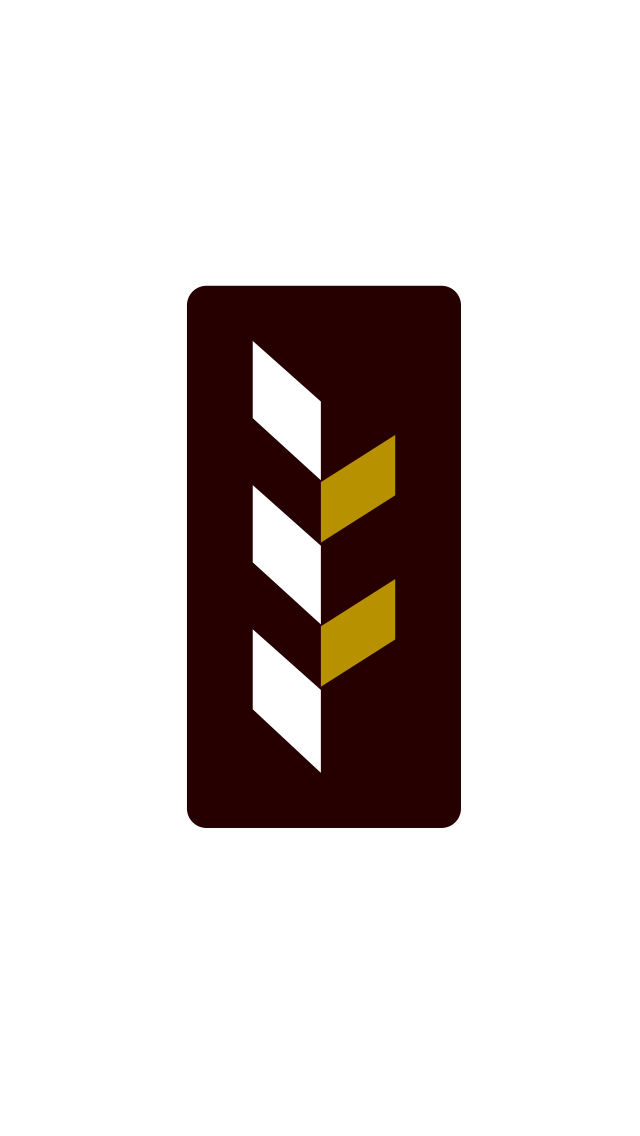Are back pain exercises safe?
Jennifer C. was looking for back pain relief in Edmond OK. When she presented as a patient she had two questions:
“What exercises should I do for back pain relief?
Why do I have pain during the glute bridge exercise?
Obviously, I’ve examined Jennifer so what follows are specific recommendations for her and perhaps some general recommendations on how to perform back pain exercises. Jennifer had pain during the glute bridge for two reasons. The first involves her posture and the second reason involves her form. Jennifer has a sway back and L5 retrolisthesis. You can learn more about retrolisthesis here. She experiences pain during lumbar extension due to an L5 subluxation and resultant swelling in her facet joint capsules. Subluxation coupled with bad form makes glute bridges, superman and cobra stretches particularly painful for her.
Thankfully Jennifer has found lower back pain relief from chiropractic care. However, she wants to avoid aggravation and strengthen her core to prevent relapse. Even the best chiropractor in Oklahoma City can do little to protect against bad posture and bad exercise form. What follows are the exercise instructions I provided but first a disclaimer and some context.
Before we begin I want to first caution our readers that this information is no substitution for medical advice. Talk to your primary doctor, physical therapist or Gonstead chiropractor near you about your situation.
Many years ago I observed how frequent and recurring lower back pain was for many of my patients. So I began reading and studying biomechanics and exercise science to help educate patients how to perform back pain exercises safely. For the last 17 years I routinely prescribe back pain exercises. To my horror I learned that many patients were doing them incorrectly. So I launched a blog and video subscription to help patients perform exercise safely. My three favorite back pain exercise are commonly known as the “Big 3”. You can read more about these exercises in our three part series located here. Before Jennifer could perform the glute bridge correctly or the Big 3 for that matter she had to learn to “tune” her abs to contract or “brace” during each exercise. Notice I’ve used lots of quotes here. That’s because we need to define some terms. I know many people hear the word exercise and immediately feel defeated. Be encouraged. Exercise is not something to fear or hate. I want you to think about these back pain exercises as corrective movements you perform each day to help stabilize your spine. It’s spinal hygiene. We take care of our teeth each day by brushing and hopefully flossing. Likewise we should care for our spine through targeted daily exercises.
Brace Yourself
Have you ever listened to a radio station that was out of tune? Undoubtedly, you found yourself turning the dial for improved sound quality. So it is with abdominal contraction. We should tune the abs to match the contraction for the activity. I prefer the term brace or bracing because it conjures the action of bracing oneself for an impact or gut punch. You can read more about bracing versus hollowing here. The specific abdominal muscle we want to engage is the transverse abdominis aka the “inner abs”. Search google for a picture because I don’t have license to show you one here in the blog. This muscle surrounds our abdomen like a corset. It is active during everyday activities like defecation, childbirth and many push and pull activities.
When we unconsciously hold our breath to assist with movements this maneuver is known as a “Valsalva”. The Valsalva is performed by attempting to forcefully exhale against a closed airway. We do not instruct patients to pinch their nose but rather we instruct them to pretend they're straining as during a normal bowel movement. The Valsalva maneuver activates the transverse abdominis and pelvic floor musculature turning our torso into a semi rigid cylinder to support and protect our spine.
Consider this, a cylinder can bear weight better than a wall. The analogy I often use involves closing a post-it note in on itself thereby creating a cylinder and demonstrating how it can hold the weight of my computer mouse. A solid core or rigid cylinder effectively distributes the weight of the upper body into the legs. I've observed that post-partum back pain relief can be achieved from chiropractic care and learning to incorporate their transverse abdominis during routine activities of daily living. Even if you have never had children this can still benefit you. If you’ve ever experienced back pain then learning to simultaneously brace your abdomen and breath is an effective means of strengthening your core. I’ll close with the instructions I gave Jennifer to perform the glute bridge without pain.
Glute Bridge Instructions
Lie on your back, bend both knees to 45 degrees and plant your feet flat on the floor. Place your hands under your lumbar spine to maintain your curvature. "Tense or brace your abs”. Next, “open your hips slightly. Think about screwing your feet into the floor (right foot clockwise, left foot counterclockwise). Lift your hips off the floor. Now squeeze your buttock muscles together.
If you’re looking for back pain relief in Edmond OK then give us a call. Our Gonstead chiropractors in Edmond Oklahoma help children and adults find relief from neck pain, back pain and more without dangerous drugs or surgery. If you want to see if we can help call or click the button below to schedule now.
